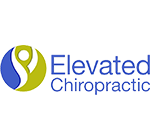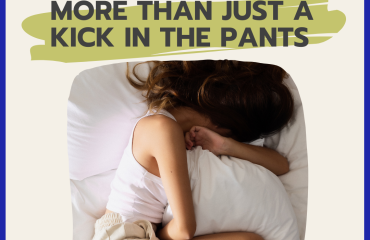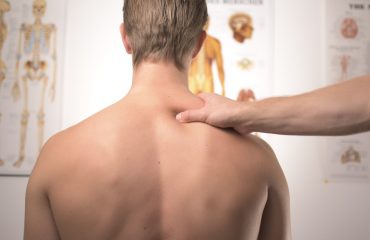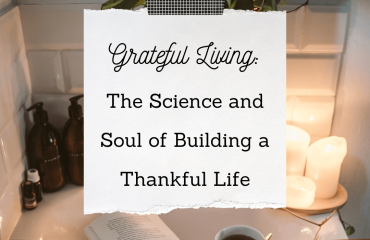You may have heard us mention muscle adhesions. Muscle Adhesions AKA myofascial adhesions are bands of scar-like tissue that form between the fibers in your muscle and connective tissue aka fascia. Muscle adhesions may be caused by overuse, trauma aka injuries, surgery, or inflammation.
One of the most common topics that come up is soft tissue modalities. Whether it’s on the phone or in the treatment room, everyone is wondering what that soft tissue therapy do!
When we refer to soft tissues, we mean muscles, tendons, ligaments, and fascia. If you’ve been tortured by either chiropractor, you’ve felt the benefits of soft tissue treatments along with chiropractic adjustments. We love being cracking experts, but here at Elevated, incorporating soft tissue modalities has elevated (get it, elevated!) our patients’ healing.
In our office, we use a combination of soft tissue therapies depending on what your body needs that day. The most common ones are active/myofascial release technique, Graston technique, cupping therapy, and Kinesio-taping.
Loosen Up: How Active/Myofascial Release Can Help You Move Better
Ever feel like you have a rock garden living in your upper traps? That’s where Active/Myofascial Release Technique (ART/MRT) comes in. Think of it as a hands-on approach to giving your muscles and fascia (the connective tissue around them) the TLC they desperately need. ART/MRT combines targeted pressure with specific movements, like a dance between your muscles and the practitioner’s hands—only less about showing off and more about getting you to move without wincing.
You might be thinking, “Does this really work, or is it just another fancy buzzword?” Well, science has our (and your) backs on this one! A study published in the Journal of Manipulative and Physiological Therapeutics found that patients with chronic low back pain experienced significant pain relief and improved flexibility after receiving ART/MRT (Kim et al., 2016). And for you weekend warriors and desk jockeys, another study in the Journal of Bodywork and Movement Therapies showed that ART/MRT could reduce muscle stiffness and boost joint mobility, which means you might actually survive that next yoga class without feeling like a pretzel (Schleip et al., 2017).
So, what’s the takeaway?
If you’re tired of feeling stiff, sore, or just plain stuck, ART/MRT might be your new best friend. Whether you’re dealing with a nagging injury or just want to feel like your body isn’t conspiring against you, this technique can help. It’s like hitting the reset button on your muscles, helping you move with ease and maybe even showing off a few dance moves—without pulling a hamstring.
References:
- Kim, J., et al. (2016). The effects of Active Release Technique on pain and range of motion in patients with chronic low back pain. Journal of Manipulative and Physiological Therapeutics, 39(8), 627-634.
- Schleip, R., et al. (2017). Active Release Technique as a myofascial therapy: Implications for sports performance and injury prevention. Journal of Bodywork and Movement Therapies, 21(2), 251-260.





